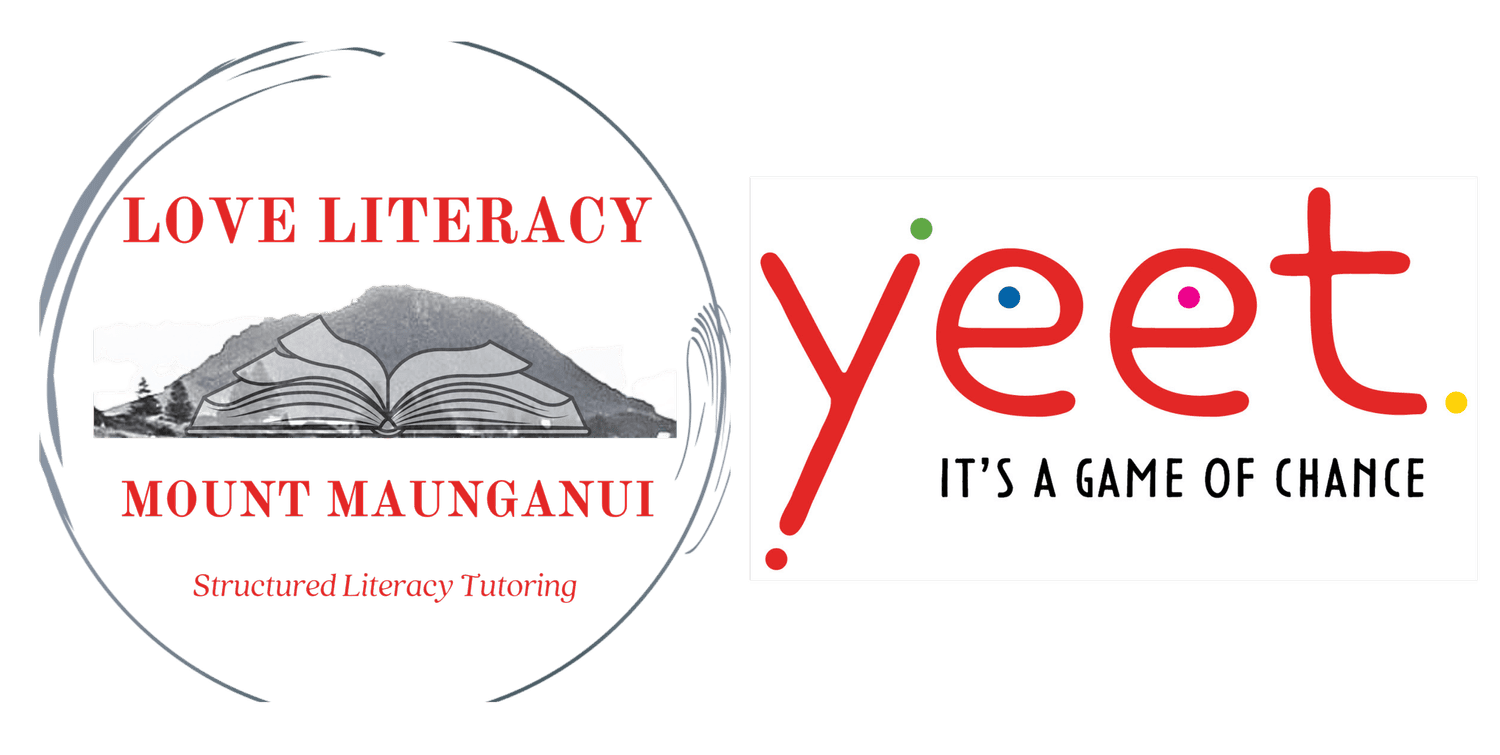The older dyslexic learner.
In this blog post, I’ll briefly explore strategies for working with older dyslexic students while preserving their sense of intelligence and capability. As educators, it’s crucial to acknowledge and honor the mana, or inherent dignity and worth, of dyslexic students throughout their learning journey. This term, I have ended up working with many more older learners, and this got me reflecting on how I go about my teaching practice.
Traditionally, most learners I have worked with have been between 6 – 10 years old. Working with dyslexic (or any) students requires an approach that not only addresses their learning challenges but also preserves their ‘mana’—their self-esteem or confidence in the way they feel about themselves. I personally find that it is essential to recognise and respect the individual capabilities and intelligence of each student while providing appropriate support tailored to their needs. Working with older learners has meant I have made small changes and tweaks to how and what I teach.
It’s important to remember, first of all, that dyslexia is not a barrier to intelligence, and as noted by the International Dyslexia Association, “people with dyslexia can be very bright, and dyslexia is not due to either lack of intelligence or desire to learn.” Therefore, we must honor intelligence. Parents, teachers, and those working with dyslexic students must understand that dyslexia does not diminish a student’s intelligence. It’s vital to convey this message clearly and early to dyslexic learners, regardless of age or academic level. Each student possesses unique strengths and talents that deserve recognition and encouragement.
By focusing on strengths and fostering a growth mindset, educators can empower dyslexic students to excel in various domains beyond traditional literacy. When providing appropriate intervention support, it’s essential to avoid patronising or ‘dumbing down’ dyslexic students. Older learners, in particular, may feel frustrated or demotivated if they believe the materials or instructions are too simplistic. For example, my older learners don’t write their spelling words on whiteboards or have a folder to take home each week. Work is all done within their exercise book; home learning is in a clear file to take home, and texts used often relate to real-world events or news articles.
In my personal opinion, it’s important to note that maintaining age-appropriate expectations and challenging dyslexic students with intellectually stimulating tasks can enhance their motivation and self-esteem. By offering these meaningful learning experiences, we can support older dyslexic students to develop a positive academic identity and again, uphold their mana.
Tailoring instruction to accommodate diverse learning needs is fundamental when working with dyslexic students. Multisensory instruction is an important factor in improving reading skills among dyslexic learners. However, let’s get away from the idea that multisensory learning means writing in sand or shaving foam for older learners. The International Dyslexia Association writes, “Multisensory teaching is simultaneously visual, auditory, and kinesthetic-tactile to enhance memory and learning.” Whilst sand and shaving foam do have a place for much younger learners, older learners simply need to link the sounds with the corresponding letters using hands, eyes, and ears to build the pathways and retain the information. This can be done with speech, pen, and paper.
In conclusion, preserving the mana of dyslexic students (and any student) involves creating a supportive and inclusive learning environment where they feel valued and respected. It entails more than addressing their learning challenges; it’s also about nurturing their self-esteem and self-belief and recognising their intelligence and potential.
Further Reading:
Is Dyslexia a Gift? Infographic
https://ma.dyslexiaida.org/wp-content/uploads/sites/7/2016/03/Multisensory_Teaching.pdf
IDA Dyslexia Handbook: What Every Family Should Know
